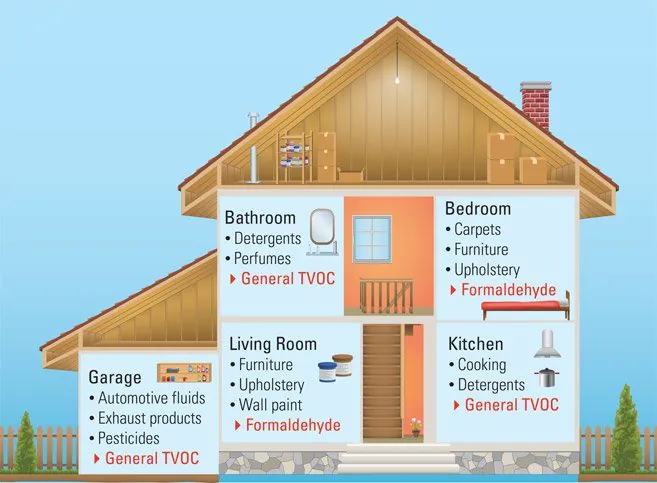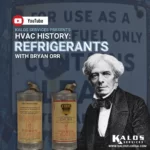If you’ve recently been checking out new comfort solutions for your home, you may have come across the term “IAQ.” That is really just short for “indoor air quality.” So, we can tell that IAQ is a measure of how good or bad indoor air is, but why is it important to us?
The US Environmental Protection Agency (EPA) defines IAQ as the following:
The air quality within and around buildings and structures, especially as it relates to the health and comfort of building occupants.
IAQ used to be almost strictly related to building science. However, improving IAQ has recently become a goal of HVAC technicians and installers. As a result, we can offer our customers more solutions to keep their homes comfortable than ever before. Most homes already have some IAQ strategies in place, but we’re going to give a comprehensive review of indoor air quality and explain how certain equipment and add-ons may (or may not) help you live in a cleaner, healthier home.
Table of Contents
WHAT ARE THE VILLAINS OF IAQ?
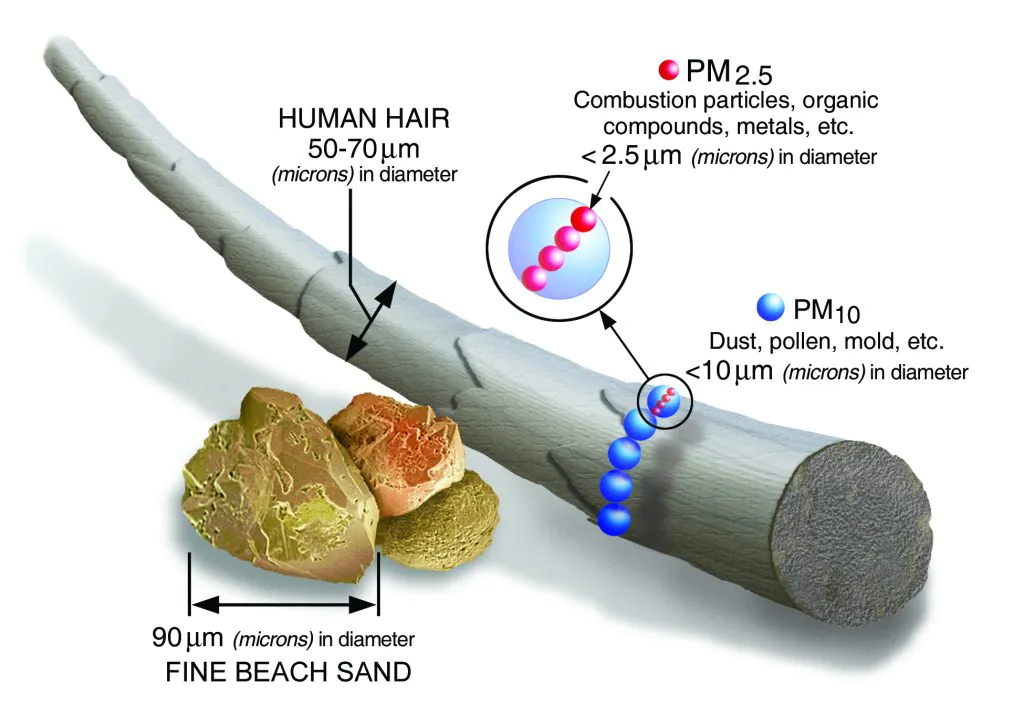
Our homes are full of pollutants, whether we want to acknowledge that fact or not. Indoor air quality refers to the cleanliness of the air, so a home with higher indoor air quality has greater pollution control.
One of the most common pollutants in the home is a group of small particles called VOCs (volatile organic compounds). Almost every home has some sort of VOCs, whether those VOCs come from detergents, cleaners, paints, flooring, or furniture.
You may have heard of formaldehyde before. If you ever dissected small animals in biology class, that’s what they were likely embalmed with. Believe it or not, formaldehyde is present all throughout your home! Whether it’s in your finished wood flooring or your couch’s synthetic upholstery, formaldehyde is in your home and reducing your IAQ. Pretty gross, right?
Other common and potentially harmful pollutants include carbon dioxide (CO2), ozone (O3), viruses, bacteria, and viruses. Some homes may also struggle with moisture problems, pet dander, odors, dust, and pollen in their home. You probably won’t see most of these, but they can still make you uncomfortable or even sick.
One of the most dangerous IAQ villains is carbon monoxide (CO), especially if you have gas appliances in your home. Gas heaters, stoves, and fireplaces can produce CO if they’re not burning the gas completely. Unfortunately, CO is colorless, odorless, and potentially fatal. Watch out for unexplained flu symptoms, headaches, and dizziness, as those could be symptoms of CO poisoning.
BASIC IAQ CONTROL STRATEGIES
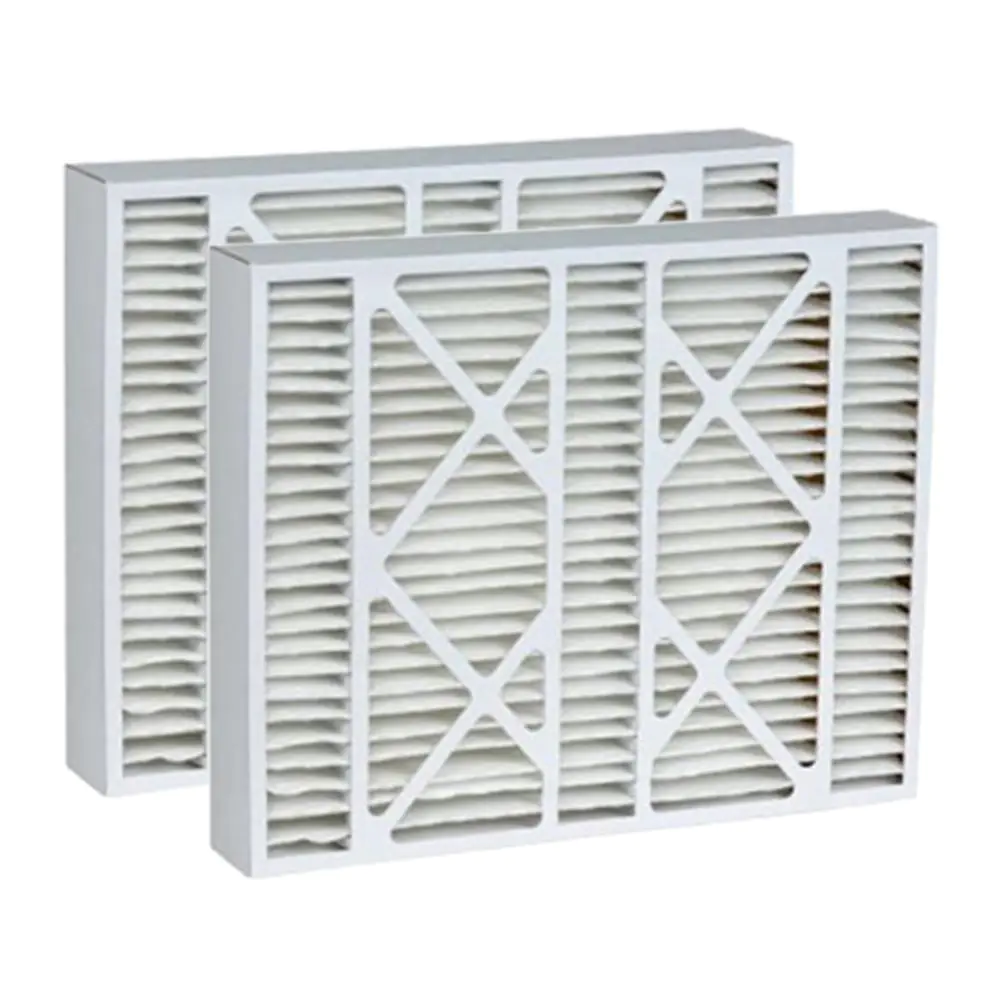
Most homes already have some basic means of controlling IAQ through pressure differentials and ventilation.
For example, occupants can displace moisture when cooking, showering, or using the bathroom by using a localized vent or fan. Most bathrooms have fans that help displace moisture from the room by pulling that room under negative pressure. Then, new air comes in from any openings in the space. You may notice that bath fans also help get rid of odors; that’s because odor-causing particles get trapped in moisture, which then gets sucked out of the room.
We also use filters to improve IAQ in our homes. Pretty much all homes with central A/C units have filters that you need to replace monthly (or maybe more frequently if you have pets or plants in your home). Filters are rated for effectiveness on the MERV scale, so filters with higher MERV ratings are more effective at trapping small particles.
Of course, MERV ratings aren’t the end-all-be-all of filter effectiveness. For a filter to work, it needs to be the correct size for your HVAC system. On top of that, it’s certainly possible to use a filter that’s too restrictive, which will negatively impact your system airflow.
Finally, humidity control can help you keep your home from feeling muggy and laden with moisture. Bacteria and fungi also tend to flourish in high-humidity environments. So, home humidity control will benefit the health of you and your families. Most properly sized HVAC systems help with humidity control. However, if your home still feels humid, you may want to consider installing a dehumidifier.
OTHER ACCESSORIES
In addition to the basic strategies we just covered, some homeowners opt to include other IAQ accessories. However, these accessories have specific purposes and potential drawbacks. Before looking to purchase any of these add-ons, you may want to learn more about each product and refer to THIS article about IAQ questions to ask your contractor.
HEPA Filtration
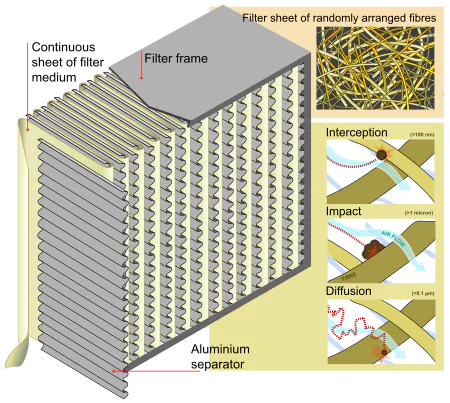
HEPA stands for high-efficiency particle arrestance. These filters meet a US Department of Energy (DOE) standard that specifies a capture rate of 99.97% of particles sized at 0.3 microns. In other words, they have a near-100% capture rate for very small particles. They can be even more effective for smaller particles. Extremely small particles (<0.3 microns) move erratically, so the filter has a high rate of catching them via diffusion, as you can see in the bottom right corner of the image above.
HEPA filters rose to popularity during the COVID-19 pandemic because they can catch SARS-CoV-2 viruses (0.1 microns in size). However, they are not a perfect solution for everyone.
Remember when we talked about restrictive filters? HEPA filters are VERY restrictive and may significantly reduce airflow if your A/C system isn’t designed to work with a HEPA filter. HEPA bypasses are a partial solution that sends some of the air through a HEPA filter, but the design is something you’ll need to discuss with a contractor.
To learn more about HEPA filters, check out THIS article we wrote about them.
UV Lights
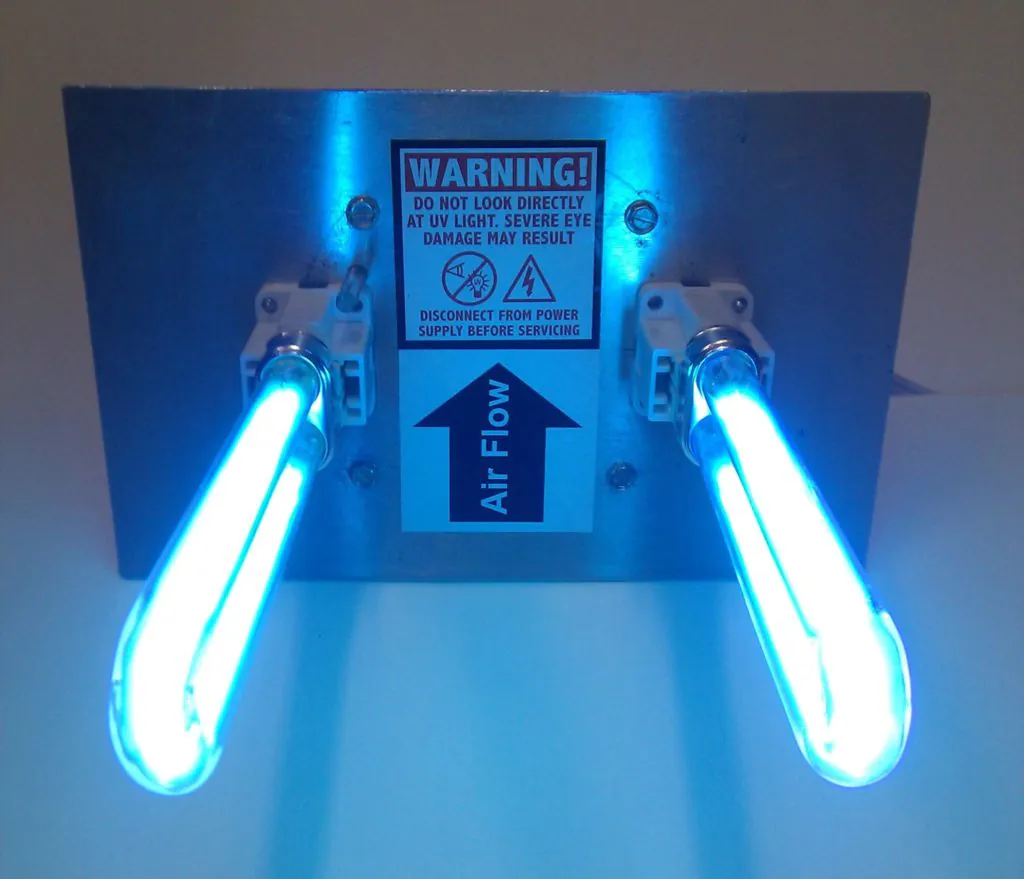
You may have heard that sunlight kills bacteria and fungi. While that’s a simple way of describing what happens, the ultraviolet (UV) rays from the sun can indeed kill bacteria and even deactivate viruses. So, if you put a UV light in an enclosed space, it will help kill bacteria and deactivate viruses on those surfaces.
However, UV lights don’t do much to purify the air flowing through your ducts. While UV lights can effectively kill bacterial and fungal spores on coil and blower surfaces in your air handler, they’re not very effective at neutralizing particles in the air.
Some homeowners may like the idea of having UV lights to keep their systems cleaner and free of buildup. Still, homeowners should know exactly what the benefits are before they decide to buy an IAQ accessory.
Oxidizers
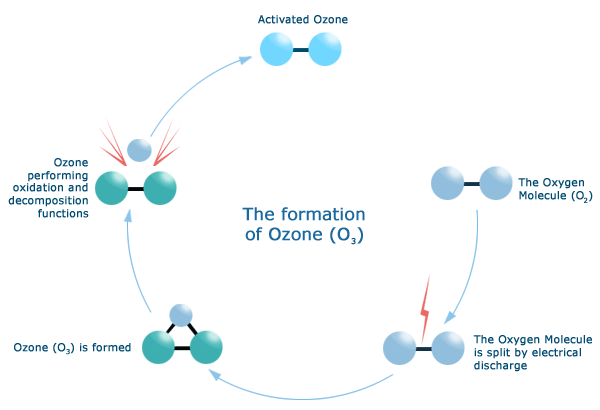
We won’t get into the ultra-scientific parts explanations of oxidizers. You can read THIS HVAC School article if you’re interested in the details. Basically, oxidizers use unstable molecules to react with pollutants and organic matter in the air until those molecules stabilize.
Unfortunately, one of the most common oxidizing agents is ozone. Earlier, we mentioned that ozone is one of those “IAQ villains.” Ozone is very effective at breaking down odors, but it’s also excellent at breaking down the cells in our respiratory systems. If an oxidizer uses ozone, it may just do more harm than good, though everything is a calculated risk.
Some manufacturers have moved away from ozone and instead use ion-based oxidizers, including cold plasma and hydrogen peroxide. However, the jury is still out on the effectiveness of these oxidizers on a whole-home scale.
IAQ is becoming increasingly important for HVAC contractors. We are equipped to answer questions about IAQ, and we encourage our customers to be honest about their comfort levels in their homes. Remember: a good IAQ contractor caters their plans to your needs, answers questions honestly, and lets you know your options without pushing products you don’t need.

